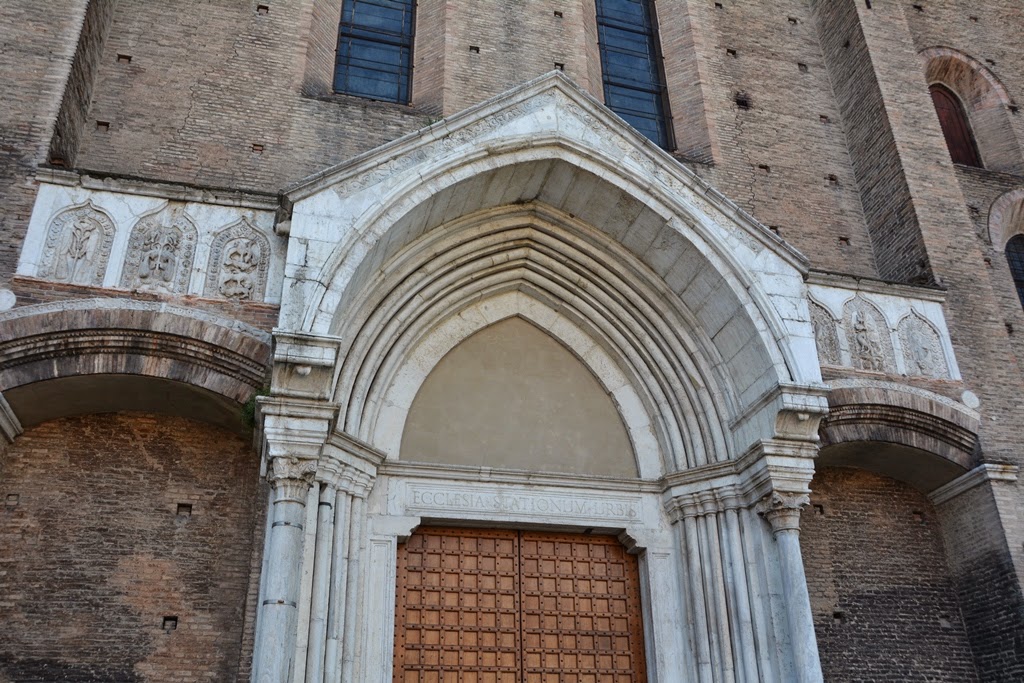Solitary Liszt
Supreme serenity still remains the Ideal of great Art. The shapes and transitory forms of life are but stages toward this Ideal, which Christ’s religion illuminates with His divine light. -Franz Liszt We often think of Franz Liszt (1811-1886) as a kind of nineteenth century rock star whose piano music is filled with dazzling displays of bravado and virtuosity. But there’s another more contemplative side of Liszt which seems to transport us …







